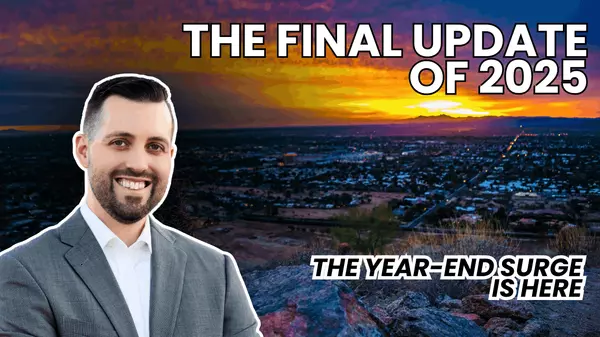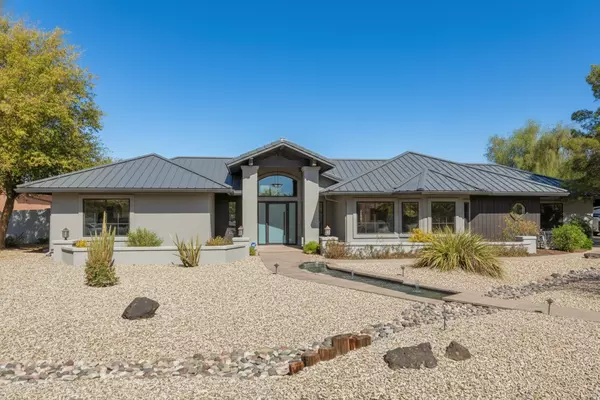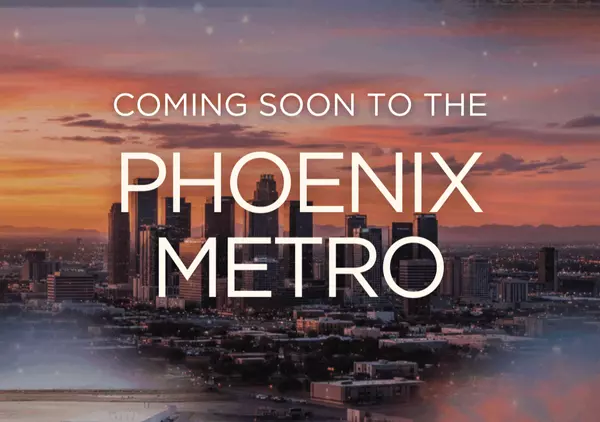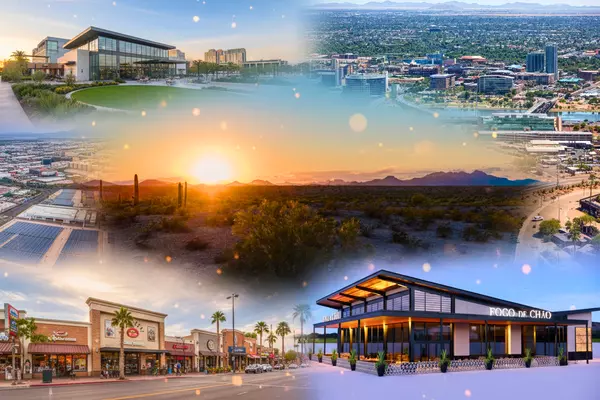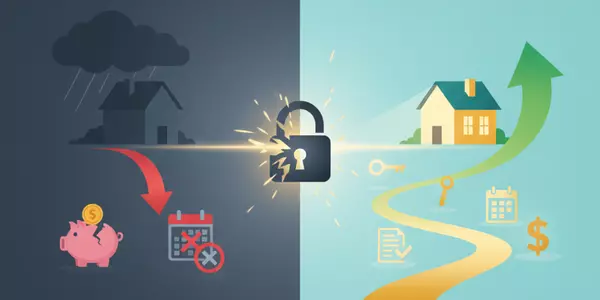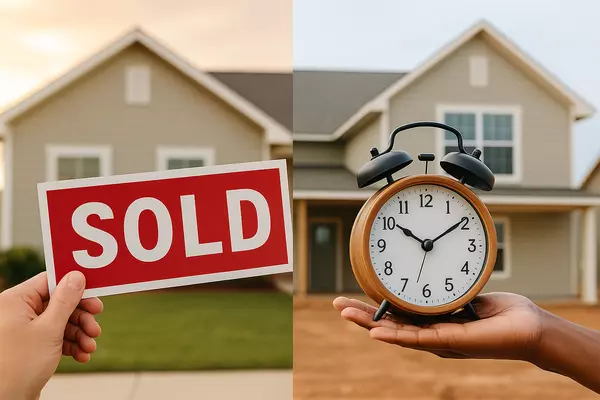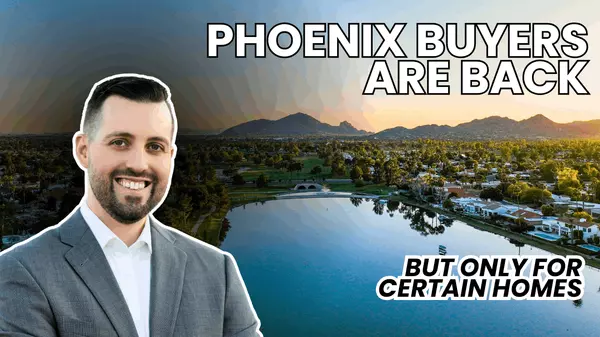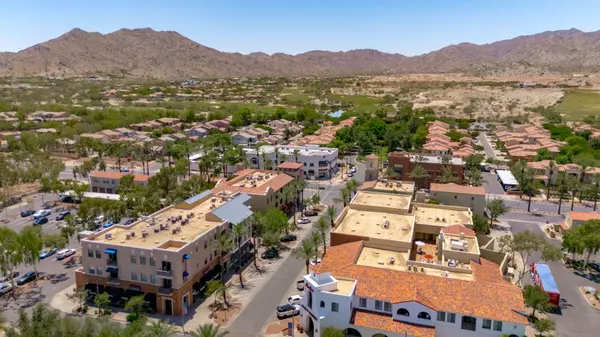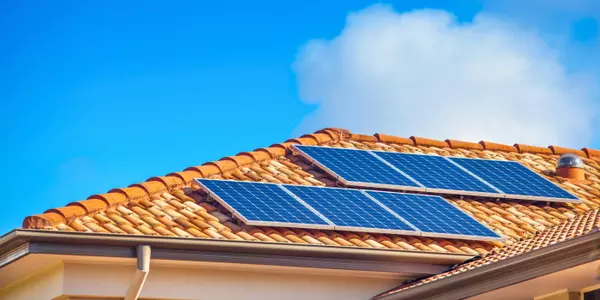Arizona Home Selling Resources: Get Top Dollar for Your Property with Expert Tips and Strategies

Partnering With The Right Agent
Your Choice Of Representation Matters.
Our goal is to offer 5-Star service to each and every client. Your life doesn't stop just because you're selling your home. Juggling daily life with the stress of putting your house on the market can seem overwhelming - but it doesn't have to be. This is where we come in. Our knowledgeable, experienced and creative professionals guide you through tough decisions and help manage unexpected curveballs. We take care of the things you don't have time for.
Things like:
- Comprehensive knowledge of home values & local market
- Home staging consultation
- Professional photography
- Innovative marketing campaigns
- Local connections to buyers and other top Realtors

Stay In The Know
Local market trends at a glance.
Thinking of selling? Track what the market is doing in your neighborhood with our at-a-glance market reports.

Your Ready-For-Market Resource
We Have The Connections
Preparing your home to get top market value can be an overwhelming task if the process is not organized or if you're short on time. This is where hiring qualified professionals to do the jobs that you can't, or don't want to do, can be a lifesaver. From handymen to cleaning services, and landscapers to junk haulers, we have the professional connections to help get your home prepared for the market so you can receive top-dollar offers.

From Preparation To Sold
Meet With Us
There's no commitment required on your part for the initial meeting. It will be educational and help you identify your next steps.
Review CMA
We will provide a Comparative Market Analysis, which will help you set an asking price.
Establish a Price
As difficult as it may be, it's important to review the market analysis and consider your home price objectively.
Prepare Your Home
View your home through the eyes of the buyer and ask yourself what you'd expect. We will offer some useful suggestions.
List It For Sale
When everything is in place we will put your home on the open market. It's critical you make it as easy as possible for potential buyers to view your home.
Showings
Potential buyers may ask to see your home on short notice. It’s best if you can accommodate these requests, you never want to miss a potential sale.
Offers and Negotiation
If everything goes well, a buyer and (most often the agent who represents them) will present us with an offer.
Choosing an Offer
We will present the benefits and risks of each offer. You will have the opportunity to either accept, counter, or decline any offer based on its merits.
Under Contract
At this point, you and the buyer have agreed to all of the terms of the offer and both parties have signed the agreements.
Final Details
While under contract, the buyer will work with their mortgage provider to finalize the loan and perform other due diligence.
Inspection
The buyer will usually perform a physical inspection of the home. They may even ask you to make certain repairs. We will explain all of your options regarding the inspection.
Closing
This is the transfer of funds and ownership. Depending on when the buyer moves into the home you will need to be all packed up and ready to move.



